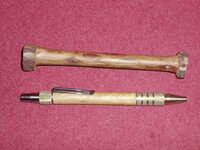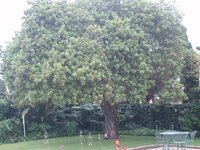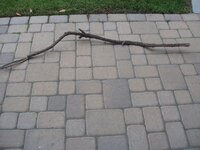MedWoodWorx
Member
First of all i would like to apologise for this simple pen and mediocre photos. I know its like a child's work compared to others shown here. Anyway the point is not the pen per se but the wood used. The scientific name is arbutus unedo,(in some places is also called strawberry tree, in Greece is called koumaria) is a hardy, extremely slow-growing shrub that produces small fruits. The picture is not much but you can see the subtle grain patterns. I ll be back with better pictures, promise!







